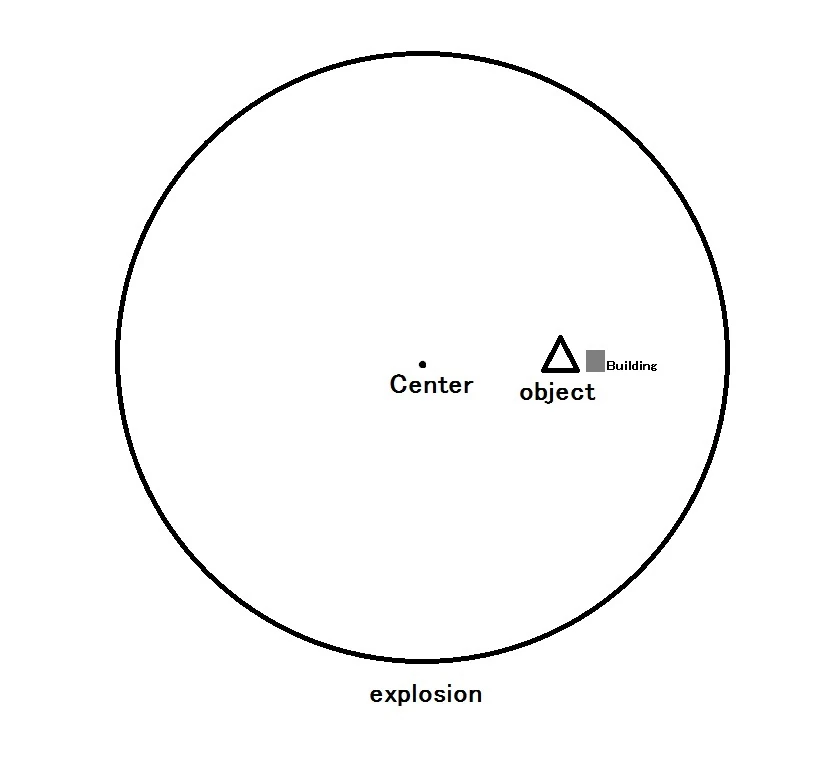ArachDusa
She/Her- 107
- 42
The problem with people surviving a planet-sized explosion, is that they usually aren't planet-sized. Correct me if I'm wrong, but a character surviving a planetary explosion from the planet's surface, while the explosion's epicenter is the core of the planet, doesn't warrant having 5-B durability. The same goes for star-destroying explosions, and most explosions really, but gets worse when the thing that gets destroyed gets bigger, especially when the location of, say, a planet in a galaxy or a planet in the universe, isn't identified in relation to the epicenter.
So how does the wiki calculate someone's durability when they survive a particularly large explosion while standing at the edge of the blast instead of the center? Is there a general rule of thumb for each tier (i.e. someone surviving a galactic explosion from close to the edge of the galaxy has durability level X), or does it always have to be calculated and judged on a case-by-case basis?
So how does the wiki calculate someone's durability when they survive a particularly large explosion while standing at the edge of the blast instead of the center? Is there a general rule of thumb for each tier (i.e. someone surviving a galactic explosion from close to the edge of the galaxy has durability level X), or does it always have to be calculated and judged on a case-by-case basis?
